Choosing the Right Wheels & Tires: Understanding Sizes, Offsets & More
By Md Monirul Islam
Published: Feb 13, 2025
Share the post

Ever notice how a great pair of shoes can complete an outfit? The same principle applies to your car. For car enthusiasts, the right set of wheels and tires isn't just about getting from point A to point B – it's about performance, safety, and making a statement. Between deciphering tire codes, understanding wheel offsets, and trying to balance performance with budget, it's easy to get overwhelmed. It's a jungle out there, with countless brands, sizes, and styles vying for your attention.
You might be asking yourself: Will these tires give me the grip I need? Are these wheels going to look good on my car? And most importantly, how do I make sure everything fits correctly without breaking the bank? This blog is designed to cut through the confusion and provide you with the knowledge you need to make informed decisions. We'll break down the technical jargon, explore the different types of wheels and tires available, and offer practical tips for choosing the perfect setup for your vehicle and driving style. Whether you're aiming for improved handling, enhanced fuel efficiency, or simply a head-turning aesthetic, this guide will empower you to confidently navigate the world of wheels and tires and transform your ride. So, let's get rolling!
UPDATED ON FEBRUARY 13, 2025, WITH THE LATEST PRODUCTS AND TESTING RESULTS TO KEEP YOU INFORMED ABOUT THE BEST PERFORMING WHEELS AND TIRES.
How to Read Tire Sidewall Markings and Choose the Right Tires?
Understanding your tires is crucial for safety, performance, and fuel efficiency. One of the first steps is decoding the seemingly cryptic markings on your tire sidewall. These markings contain a wealth of information about the tire's size, capabilities, and even its manufacturing date.
Let's break it down ( tire sidewall marking ) with an example:
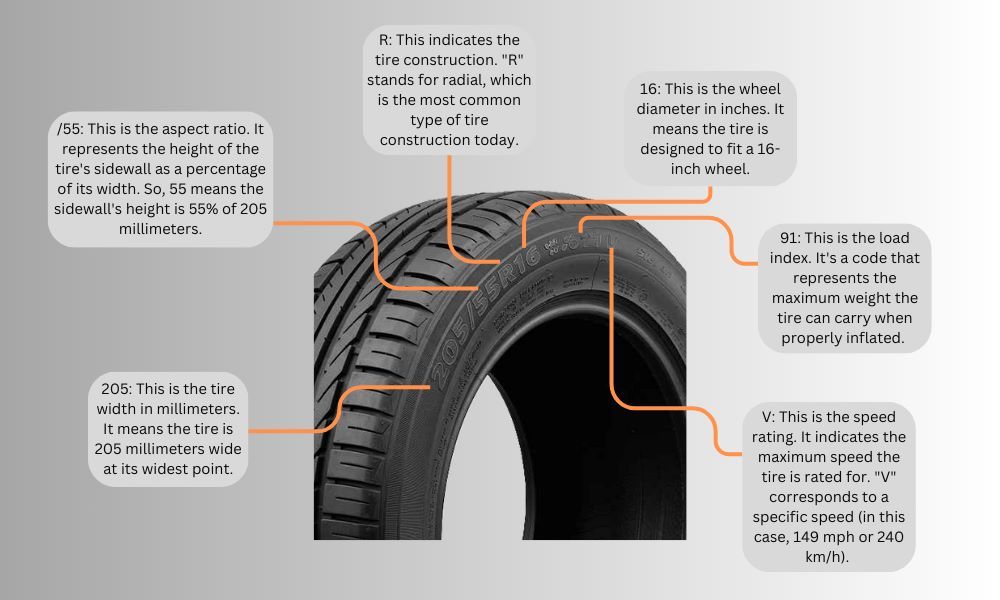
Imagine a tire with the following sidewall marking: 205/55R16 91V. Each part of this code tells a story.
- 205: This is the tire's width in millimeters. So, this tire is 205 millimeters wide.
- 55: This is the aspect ratio, representing the height of the tire's sidewall as a percentage of its width. In this case, the sidewall is 55% of 205mm, or 112.75mm high. A lower aspect ratio means a shorter sidewall, often associated with sportier handling.
- R: This indicates the tire's construction type. "R" stands for radial, which is the most common type of tire construction.
- 16: This is the wheel diameter in inches that the tire is designed to fit. This tire fits a 16-inch wheel.
- 91:This is the load index, a numerical code that corresponds to the maximum weight the tire can carry when properly inflated. You'll need to consult a load index chart to find the actual weight capacity.
- V: This is the speed rating, indicating the maximum speed the tire is designed to safely sustain. "V" corresponds to a specific speed (in this case, 149 mph). Other common speed ratings include H, T, and W.
Beyond size and speed, understanding tire types is equally important. All-season tires offer a balance of performance in various conditions, while summer tires prioritize grip and handling in warm weather. Winter tires feature specialized tread patterns and rubber compounds for optimal traction in snow and ice. Performance tires are designed for high-speed handling and responsiveness, and all-terrain tires provide a balance of on- and off-road capability. Choosing the right type depends on your climate, driving habits, and vehicle.
Understanding Wheels: Fitment, Materials, and Style
Choosing the right wheels can dramatically transform your car's look and feel, but with so many options available, it's easy to feel overwhelmed. So, what wheels are right for your car? This comprehensive guide will break down everything you need to know, from understanding crucial measurements to exploring different materials and styles.
Decoding Wheel Size and Fitment:
Getting the fitment right is paramount. A mismatch can lead to anything from rubbing and clearance issues to compromised handling and even safety hazards. Here's what you need to understand:
- Diameter (inches): This is the wheel's overall size. Matching your car's original equipment manufacturer (OEM) specifications is usually best, though some minor deviations are possible with careful consideration.
- Width (inches): This affects tire choice and how the tire sits on the wheel. Too wide, and you might have rubbing; too narrow, and you could compromise grip.
- Offset (millimeters): This critical measurement dictates how far the wheel sits in or out of the wheel well. A positive offset pushes the wheel outward, while a negative offset pulls it inward. Incorrect offset can drastically affect handling and appearance.
- Bolt Pattern: The number and arrangement of the lug holes (e.g., 5x114.3mm). This must match your vehicle's hubs.
- Center Bore (millimeters): he diameter of the hole in the wheel's center. It should either match the hub or require hub-centric rings for a snug, vibration-free fit.
Types of Wheels: Choosing the Best Option for Your Vehicle
Wheels play a crucial role in your vehicle’s performance, aesthetics, and overall driving experience. Whether you’re looking for alloy wheels, steel wheels, or high-performance forged wheels, understanding their characteristics can help you make the right choice. Below, we’ll explore the different types of wheels, their uses, advantages, and disadvantages, along with popular wheel styles.
Alloy Wheels:
Characteristics: Made from a blend of lightweight metals such as aluminum or magnesium, alloy wheels are known for their stylish designs and improved performance.
Uses: Commonly used in passenger cars, sports cars, and luxury vehicles due to their aesthetic appeal and handling benefits.
Advantages:
- Lighter than steel wheels, improving fuel efficiency and handling
- Better heat dissipation, reducing brake fade
- Available in various designs and finishes for a premium look
- Corrosion resistant compared to steel wheels
Disadvantages:
- More expensive than steel wheels
- Less durable in extreme off-road conditions
- Prone to bending or cracking under heavy impact
Steel Wheels:
Characteristics: Constructed from heavy-duty steel, these wheels are designed for durability and reliability.
Uses: Typically found on trucks, SUVs, and economy vehicles where strength and cost-effectiveness matter more than appearance.
Advantages:
- Highly durable and resistant to bending
- More affordable than alloy wheels
- Better suited for winter conditions due to their weight and strength
- Easy to repair and maintain
Disadvantages:
- Heavier than alloy or forged wheels, reducing fuel efficiency
- Limited design options (mostly basic, utilitarian styles)
- Can rust over time if not properly maintained
Forged Wheels:
Characteristics: anufactured through a high-pressure forging process, forged wheels are stronger and lighter than both alloy and steel wheels.
Uses: Primarily used in high-performance sports cars, racing vehicles, and luxury cars requiring maximum strength with minimal weight.
Advantages:
- Extremely strong and lightweight, enhancing acceleration and handling
- Superior impact resistance compared to alloy wheels
- Longer lifespan and better fuel efficiency due to reduced weight
Disadvantages:
- Expensive due to the complex manufacturing process
- Limited design availability compared to cast alloy wheels
- Not as widely available as steel or standard alloy wheels
Choosing the right type of wheel depends on your driving needs, budget, and style preferences. Whether you prioritize durability, aesthetics, or performance, selecting between alloy, steel, or forged wheels will impact your vehicle’s handling, fuel efficiency, and overall driving experience. Additionally, selecting the right wheel style can enhance the look and feel of your car, making it stand out on the road.
Wheel Styles & Aesthetics:
From classic to contemporary, the style options are vast:
- Multi-spoke: Timeless and versatile.
- Concave: A modern, aggressive look.
- Deep Dish: Classic muscle car style.
- Mesh: Intricate and sporty.
The Dynamics of Offset and Backspacing:
These often-confused terms are crucial for achieving the desired look and handling:
- Offset: As mentioned above, the distance between the wheel's centerline and the hub mounting surface.
- Backspacing: The distance from the wheel's back edge to the hub mounting surface. Closely related to offset.
By understanding these fundamentals, you can confidently choose the perfect wheels that complement your car, driving style, and budget. Don't just settle for looks; make informed decisions for optimal performance and safety.
Best Wheel and Tire Packages: Save Time and Money
Save time and money with our curated wheel and tire packages. Find your best fitment, top brands, and unbeatable value. Upgrade your ride today!
| Brand |
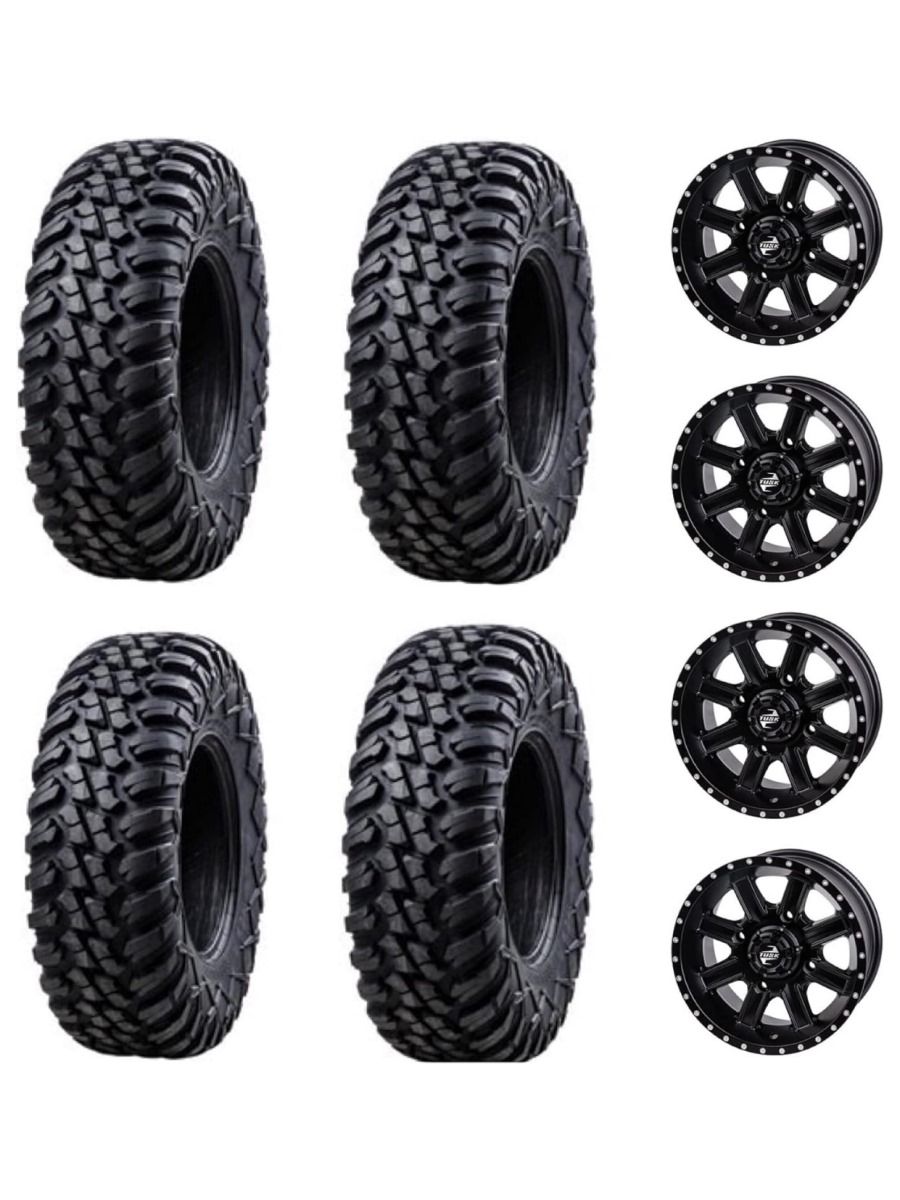
TUSK |
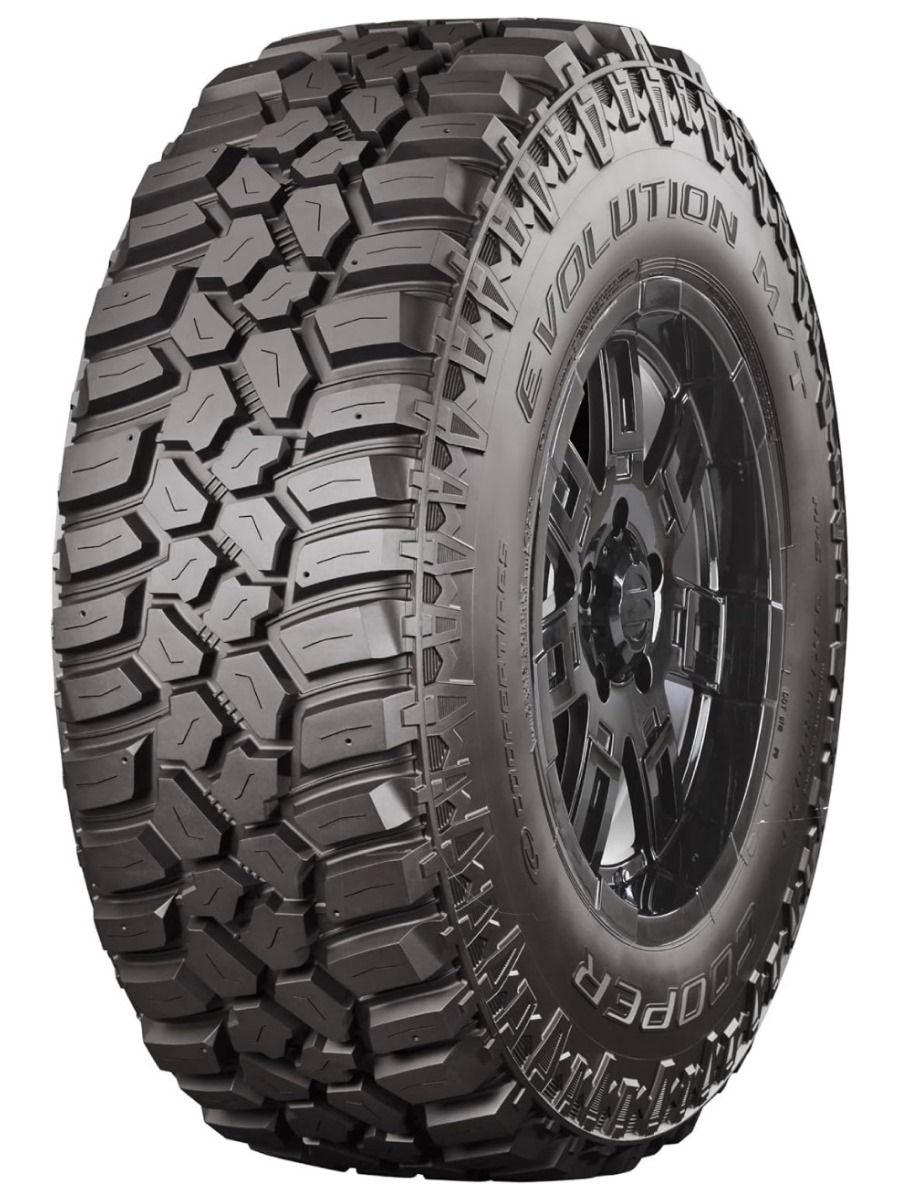
COOPER |
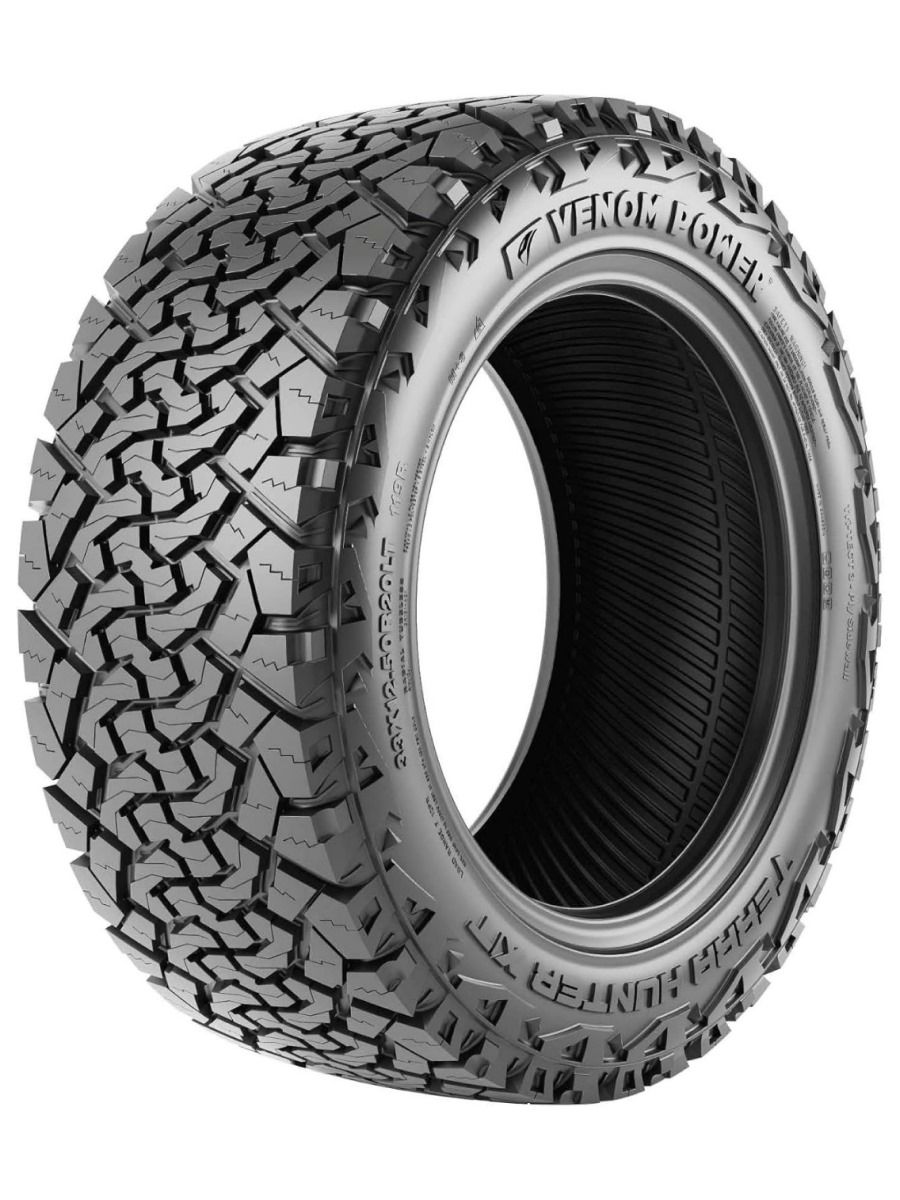
VENOM POWER |
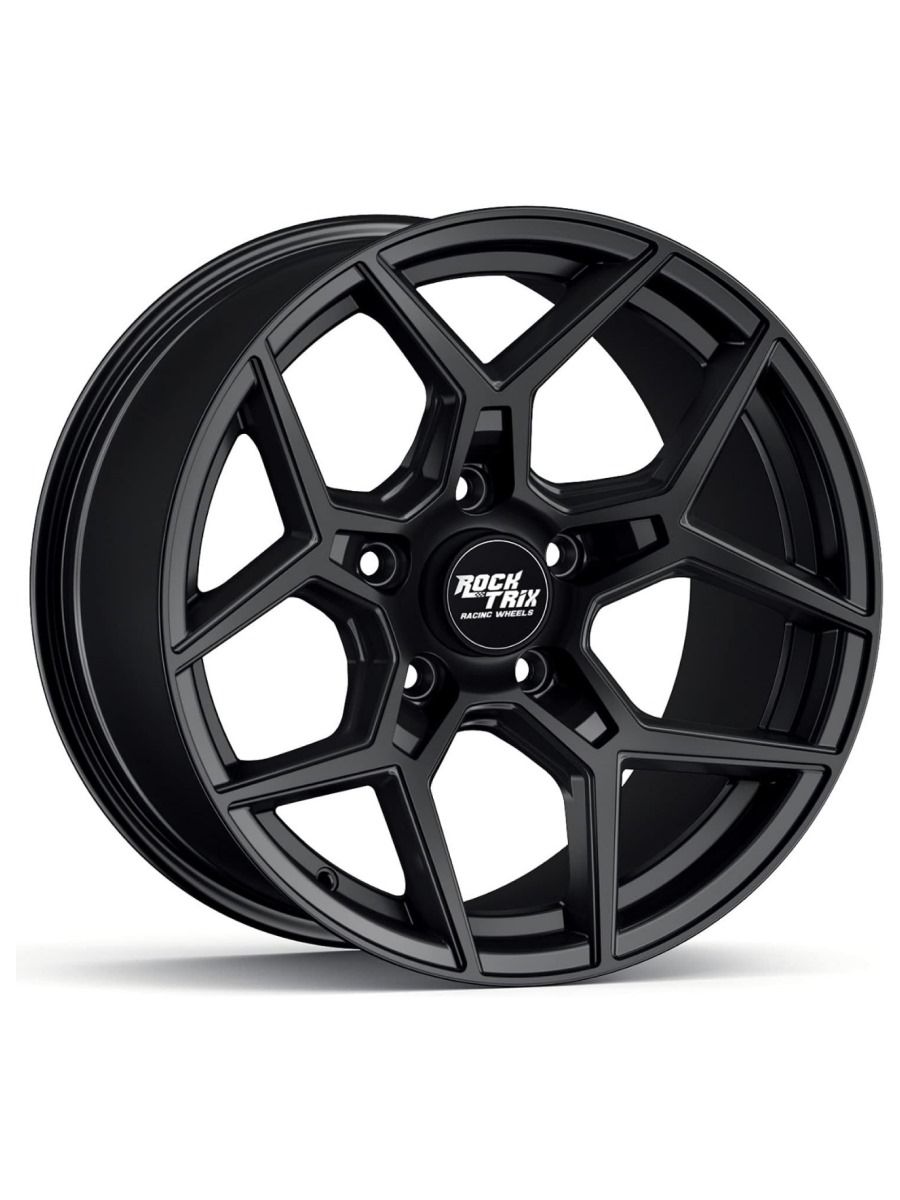
ROCKTRIX |
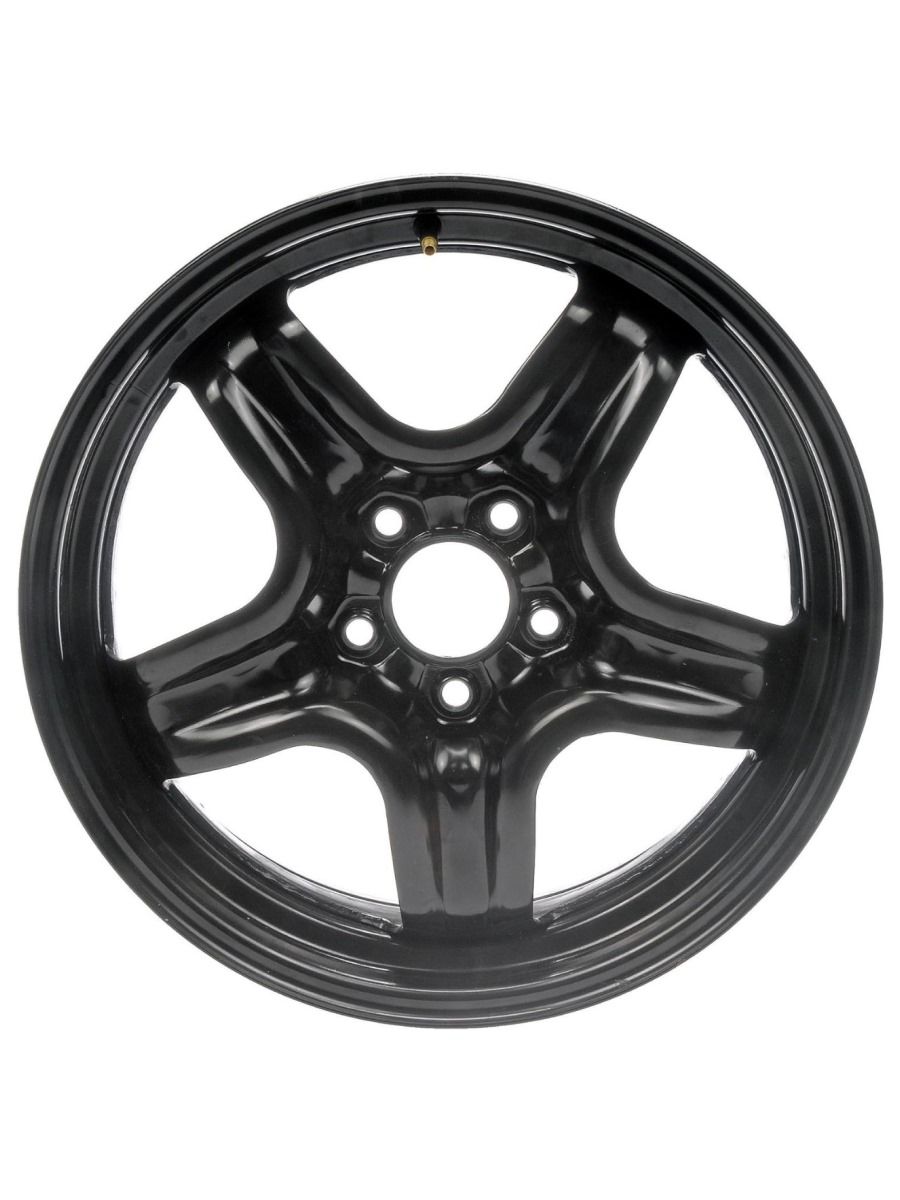
DORMAN |
|---|---|---|---|---|---|
| Vehicle Type | Polaris UTV's | Universal Fit | Universal Fit | SUV, Truck | Passenger Car |
| Rating | ★★★★★ | ★★★★☆ | ★★★★★ | ★★★★☆ | ★★★★☆ |
| Price | Check price | Check price | Check price | Check price | Check price |
| Color | Matte Black | Black | Black | Matte Black | Black |
| Wheel Size | 14 Inches | 35 Inches | 33 Inches | 18 Inches | 17 Inches |
| Item Weight | 130 pounds | 63 pounds | 69 Pounds | 30 Pounds | 24.2 Pounds |
| Item Diameter | 28 Inches | 20 Inches | 33 Inches | 18 Inches | 17 Inches |
| Load Capacity | 2956 Pounds | 3195 Pounds | 2601 Pounds | 2500 Pounds | 1705 pounds |
| Seasons | All Season | Year Round | Year Round | All Season | All Season |
| Other Details | See more | See more | See more | See more | See more |
Types of Tires Explained: Performance, Safety, and Value
Selecting the right tire for your vehicle is crucial for safety, performance, and driving comfort. Different driving conditions and terrains require specific tire types to ensure optimal grip, fuel efficiency, and durability. Here’s a comprehensive look at the most common types of tires, their characteristics, uses, advantages, and disadvantages.
All Season Tires:
Characteristics: Designed to perform well in both summer and winter conditions, these tires offer balanced performance.
Uses: Ideal for drivers in moderate climates who don’t face extreme summer heat or harsh winter snow.
Advantages:
- Good year round performance
- Longer tread life compared to seasonal tires
- Cost-effective (eliminates the need for seasonal tire changes)
Disadvantages:
- Not as effective as winter tires in snow and ice
- Less grip than summer tires on hot roads
Summer Tires:
Characteristics: Made with a softer rubber compound that enhances grip and handling in warm weather.
Uses: Best for high performance cars and warm climates.
Advantages:
- Superior traction and handling in dry and wet conditions
- Improved braking performance
- Lower rolling resistance for better fuel efficiency
Disadvantages:
- Poor performance in cold temperatures
- Faster tread wear compared to all-season tires
Winter/Snow Tires:
Characteristics: Made of a softer rubber compound and designed with deeper treads for better grip on ice and snow.
Uses: Ideal for regions with heavy snowfall and icy roads.
Advantages:
- Excellent grip and braking on snow and ice
- Special tread patterns that reduce slippage
- Remains flexible in cold temperatures
Disadvantages:
- Wears out faster in warm weather
- Not suitable for year-round use
Performance Tires:
Characteristics: High speed, high-traction tires designed for sports cars and high-performance vehicles.
Uses: Used for racing, high-speed driving, and enhanced cornering capabilities.
Advantages:
- Excellent grip on dry and wet surfaces
- Enhanced handling and responsiveness
- Optimized for high speed stability
Disadvantages:
- Shorter tread life
- Expensive compared to standard tires
- Not suitable for rough terrain or winter conditions
All Terrain (A/T) Tires:
Characteristics: Designed for both on-road and off-road driving, with aggressive tread patterns for better traction.
Uses: Perfect for SUVs, trucks, and off-road enthusiasts.
Advantages:
- Good balance between off-road capability and highway comfort
- Durable tread for longevity
- Suitable for various terrains (gravel, dirt, sand)
Disadvantages:
- Can be noisy on highways
- Reduced fuel efficiency compared to regular road tires
Choosing the right tire type depends on your driving habits, climate, and road conditions. Whether you need all-season tires for convenience, winter tires for harsh conditions, or performance tires for speed and agility, selecting the correct set can enhance your vehicle’s efficiency and safety. Always consider factors like tread life, traction, handling, and road noise before making a purchase.
Choosing the Right Tires
Selecting the right tires is essential for ensuring safety, performance, and comfort while driving. Your vehicle type plays a major role in tire selection, as cars, trucks, and SUVs require different tire sizes and load capacities. Additionally, your driving style influences your choice daily commuters benefit from long lasting, fuel efficient tires, while performance drivers may prefer high-traction summer tires, and off road enthusiasts should opt for all terrain or mud terrain tires.
Climate and road conditions also matter; if you frequently drive in rain, snow, or icy conditions, investing in winter tires is crucial, whereas all season tires are a good option for mild climates. Understanding tire size and fitment is another key factor sidewall markings like 205/55R16 91V indicate important details about the tire’s width, aspect ratio, construction type, wheel diameter, load index, and speed rating. To make the best choice, checking tire reviews and recommendations is recommended to ensure durability, grip, and tread life. CHECK HERE
Choosing the Right Wheels
Picking the right wheels enhances both the performance and aesthetics of your vehicle. Wheel size and fitment are crucial considerations factors like diameter, width, offset, and bolt pattern must be compatible with your vehicle to maintain proper alignment and handling. The wheel material you choose also impacts performance; alloy wheels are lightweight and stylish, steel wheels provide durability for tough conditions, and forged wheels offer exceptional strength with reduced weight, making them ideal for high-performance vehicles.
Apart from functionality, wheel style and aesthetics play a role in customization. Popular styles include multi-spoke, concave, and deep dish wheels, which can significantly alter the appearance of your car. To make an informed decision, reviewing wheel recommendations and expert opinions helps ensure that you select the best set for your specific needs. CHECK HERE
Benefits of Buying Wheel and Tire Packages
Looking to upgrade your vehicle's style and performance without the hassle? Wheel and tire packages offer a convenient and cost-effective solution. Let's explore the benefits of buying packages and highlight some recommended packages to get you rolling.
- Perfect Fitment: Purchasing wheel and tire packages ensures that the wheels and tires are compatible with each other and your vehicle, eliminating the guesswork in sizing, bolt patterns, and offsets.
- Cost Savings: Buying a complete package is often more affordable than purchasing wheels and tires separately. Many retailers offer discounts or free mounting and balancing services with package deals.
- Convenience: Pre-assembled wheel and tire packages arrive ready to install, saving time and effort compared to mounting and balancing them separately at a tire shop.
- Aesthetic Upgrade: A well-chosen package can significantly enhance the appearance of your vehicle, with options like alloy wheels, forged wheels, or deep-dish designs to match your style.
- Performance Optimization: Manufacturers often pair wheels and tires that complement each other's performance characteristics, maximizing handling, grip, and ride quality.
Tire and Wheel Components & Technology
Modern tire and wheel technology plays a crucial role in vehicle safety, performance, and longevity. One essential component is the Tire Pressure Monitoring System (TPMS), which continuously monitors air pressure and alerts drivers when a tire becomes underinflated. Proper tire pressure improves fuel efficiency, enhances handling, and reduces the risk of blowouts. Another critical factor is tire tread depth and wear, which directly impacts traction and braking performance.
Drivers should regularly check their tread depth using a tread depth gauge or the penny test, replacing worn-out tires to maintain grip on wet, snowy, or uneven roads. Additionally, wheel balancing and alignment are necessary for a smooth ride and even tire wear. Unbalanced wheels can cause vibrations, while misalignment can lead to uneven tread wear and poor handling. Understanding wheel offset and backspacing is also essential when upgrading or modifying wheels. Offset determines how far the wheel sits inside or outside the wheel well, affecting stability and handling, while backspacing measures the distance between the wheel’s mounting surface and the inner rim.
Another key aspect of tire technology is tire construction, which includes multiple layers such as plies and belts that reinforce the tire’s strength, flexibility, and durability. Radial tires, the most common type, feature steel belts that improve stability and reduce rolling resistance for better fuel economy. Investing in high-quality tires and wheels, along with regular maintenance, ensures a safer and more efficient driving experience.
Wheel and Tire Maintenance for Safety and Performance
Proper tire and wheel maintenance is crucial for safety and performance. Regularly checking tire pressure prevents uneven wear and improves fuel efficiency, while monitoring tread depth ensures traction on wet or slippery roads. Avoiding potholes and debris helps prevent damage. Keeping wheels clean prevents corrosion, and inspecting for cracks or bends ensures durability. Tire rotation every 5,000–8,000 miles promotes even wear, while wheel balancing prevents vibrations. Storing tires in a cool, dry place extends their lifespan. Following these tire and wheel safety tips enhances performance, longevity, and overall driving safety.
Frequently Asked Questions ( FAQ )
- How long do tires last?
Typically 3–6 years or 40,000–60,000 miles, depending on driving habits and tire quality. - How do I check my tire pressure?
Use a tire pressure gauge and compare it to the recommended PSI found in your owner’s manual or driver’s side door. - How do I change a tire?
Loosen the lug nuts, jack up the car, remove the flat tire, mount the spare, tighten the lug nuts, and lower the vehicle. - What are the signs I need new tires?
Low tread depth, uneven wear, cracks, bulges, or poor traction indicate it’s time for a replacement. - How do I choose the right tire size?
Check your vehicle’s manual or the sidewall markings (e.g., 205/55R16) on your current tires. - What is wheel offset?
The distance between the wheel’s mounting surface and its centerline, affecting how far the wheel sits inside or outside the fender. - Where can I buy tires and wheels?
Online retailers, local tire shops, or dealerships offer a wide selection check affiliate links for top recommendations.
Choosing the right wheels and tires is a crucial decision that impacts your vehicle's performance, safety, and overall driving experience. We've covered everything from tire types and wheel selection to essential maintenance tips and the benefits of wheel and tire packages. Remember, understanding your driving needs, vehicle specifications, and the various options available is key to making informed choices. Ready to upgrade your ride? Explore our recommended products through the affiliate links above and find the perfect wheels and tires for your needs.
Related Products
Related Posts
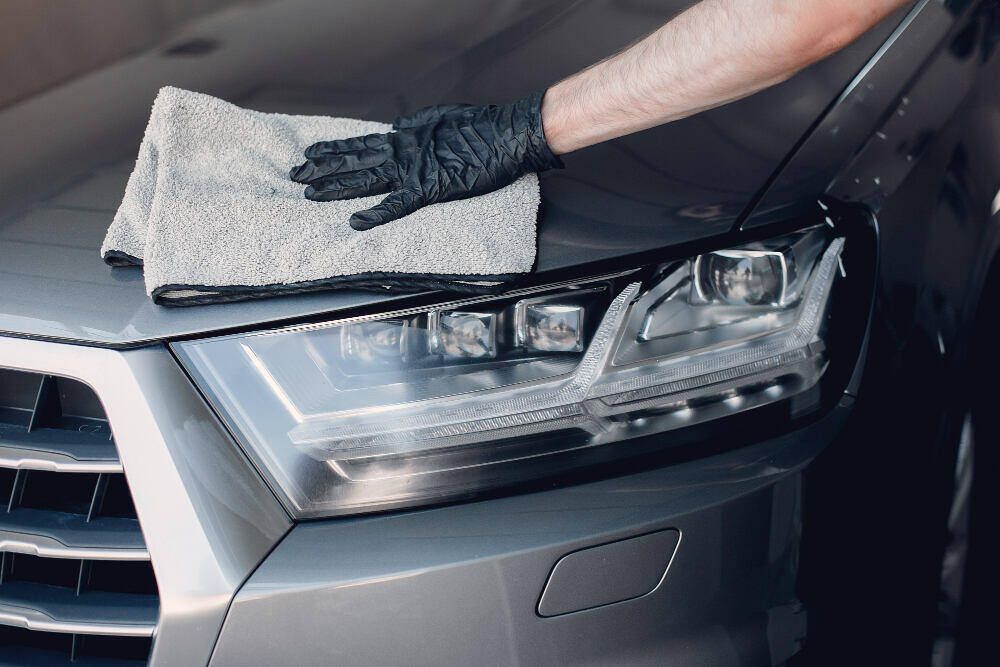
Auto Detailing | Costs & Prices Explained
In just 2 minutes, you can get an advanced idea about auto detailing. This blog gives you organized analytical data for price ideas. It will help resolve all your auto detailing-related issues.
By Md Monirul Islam
Published: Nov 15, 2024
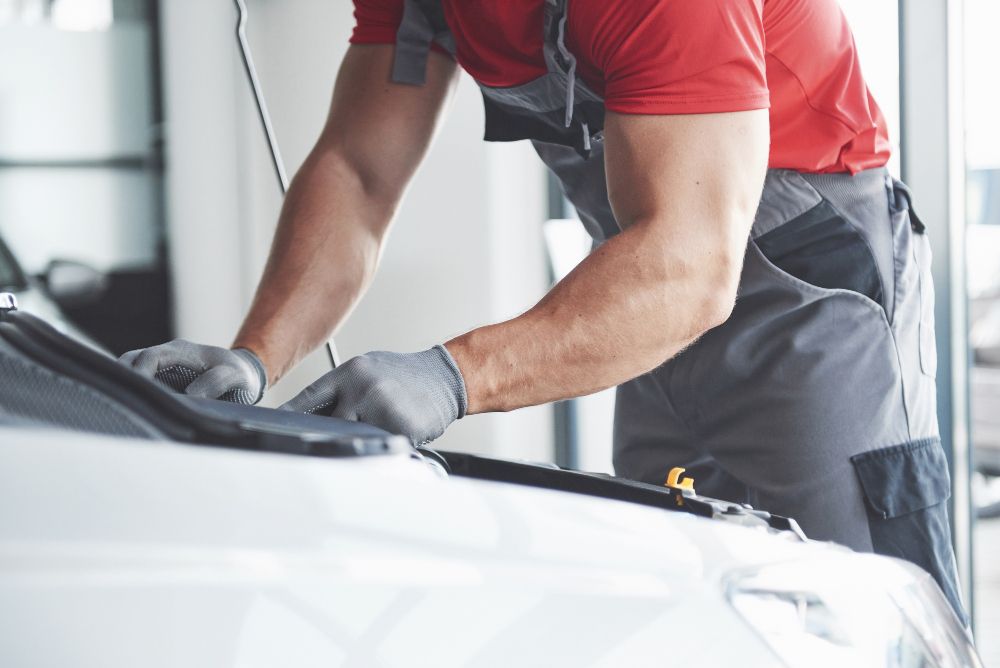
Comprehensive Guide to Automotive Maintenance Repair and Essential Tools
Discover the essentials of automotive maintenance repair and the tools you need to perform repairs effectively, whether for gas or electric vehicles. Explore top products like the foldable aopside automotive engine creeper and diagnostic tools to maintain and troubleshoot your car effortlessly.
By Md Monirul Islam
Published: Nov 8, 2024
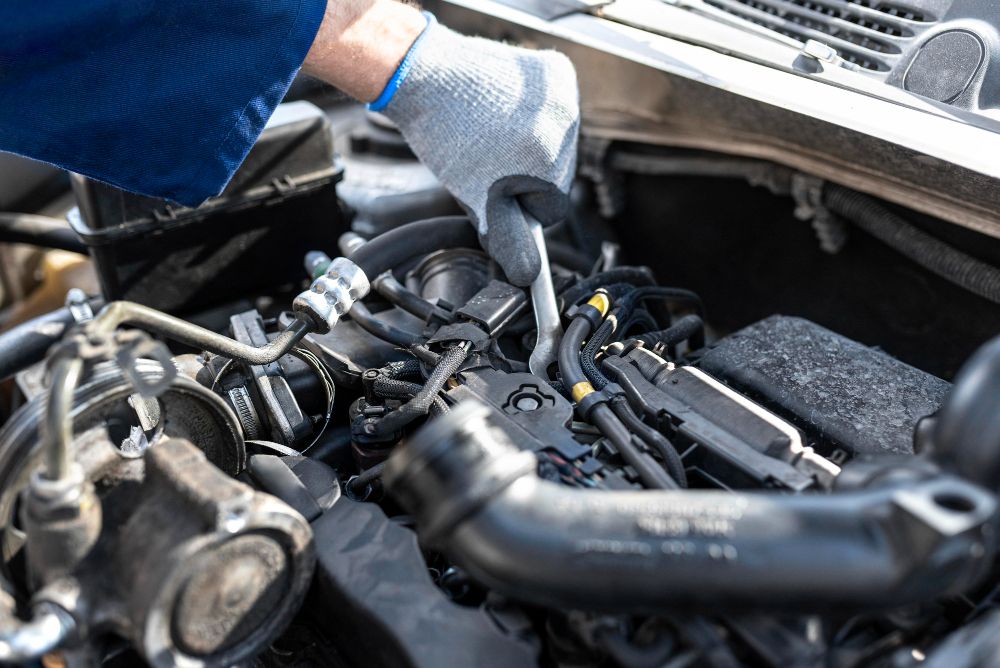
Comprehensive Guide to Car Engine Parts and Their Functions
Discover the essential car engine parts that power your vehicle. Learn about engine parts like the pistons, crankshaft, camshaft, engine block, and other parts of a car engine. Understand how these engine parts work together for optimal performance and cost savings.
By Md Monirul Islam
Published: Jan 7, 2025

Overspending on Auto Car Detailing? Discover Smart Hacks and Techniques!
To save extra costs, check out the best auto car detailing hacks ever written. Learn everything you need to know about auto detailing.
By Md Monirul Islam
Published: Nov 3, 2024

Top Accessories of Car to Elevate Your Driving Experience
Find the best accessories of car to enhance comfort, style, and functionality. From smart electronics to practical upgrades, find everything you need for your car in one place!
By Md Monirul Islam
Published: Nov 8, 2024

How to Fix Car Damage by Hail: Effective Repair Tips & Tools
Learn how to repair car damage caused by hailstorms effectively. Discover essential tools like windshield repair kits, paintless dent repair kits, and hail protectors to protect and restore your vehicle.
By Md Monirul Islam
Published: Nov 8, 2024